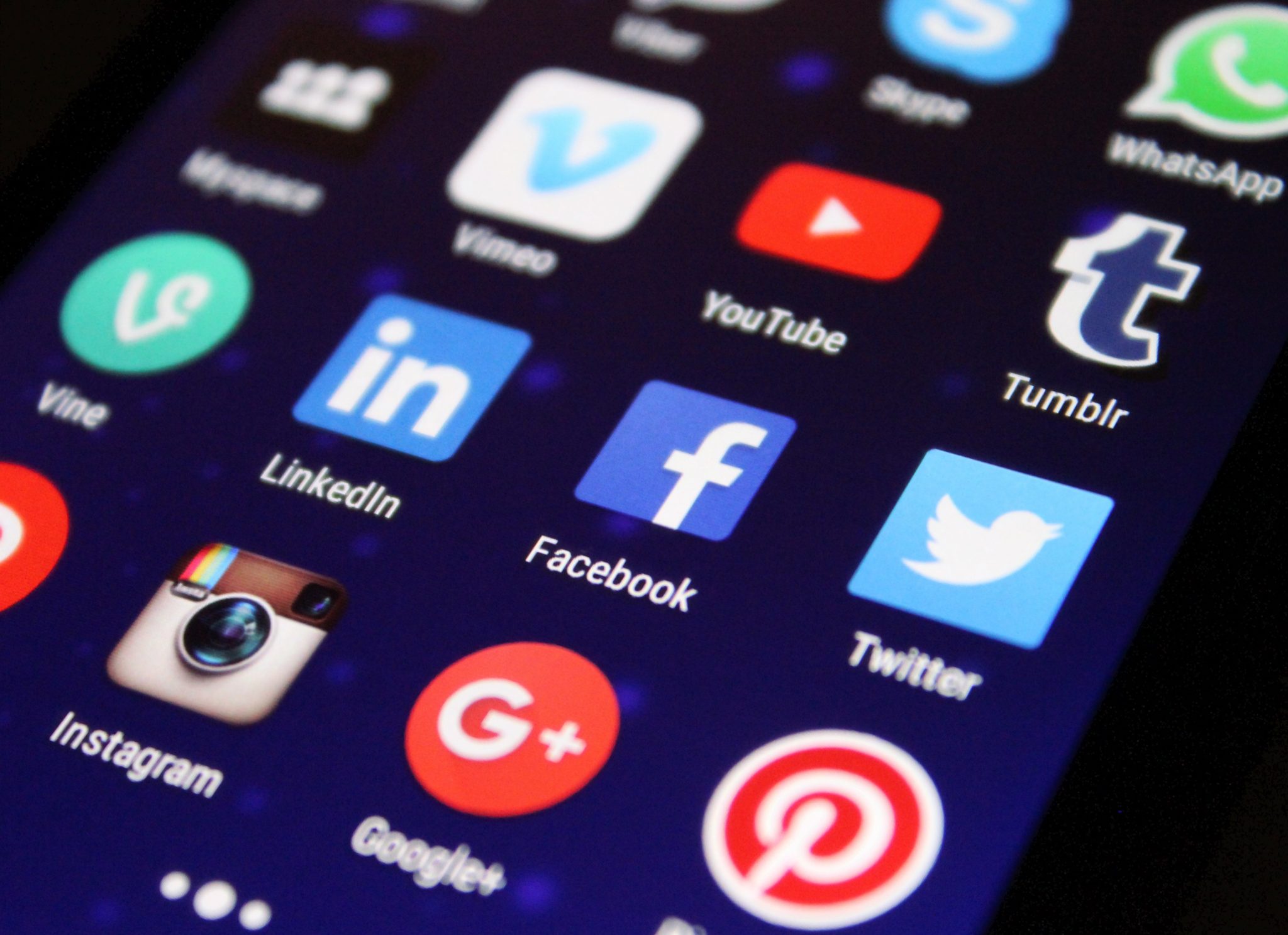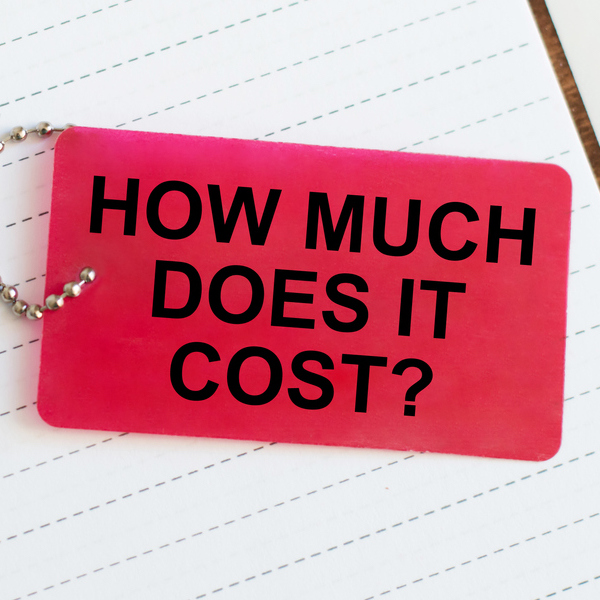We live in an age where technology has transformed the way we approach marketing. With more access to data than ever before, digital tools are becoming increasingly robust. Marketers are now armed with an immense amount of information that allows them to target the right person, at the right time, in the most efficient way possible. But marketers who focus intently on the delivery method can often lose sight of what matters most: your brand’s voice.
While digital has dramatically changed how we market brands and where we spend our marketing dollars, the core principles of creating your message haven’t. It’s still important to go through a discovery phase to identify who you’re targeting, what’s relevant to them, and how your brand will stand out. Great creative has the power to transform businesses, inspire customers, and make people pay attention in a noisy world. So why do marketers sometimes place more focus on the medium versus the message?
The danger in that is the risk your brand faces in losing itself in a sea of sameness. And, from an investment of resources perspective, having the medium dictate your strategy and message puts the control of your brand’s voice in the hands of a platform you don’t really own. That’s scary, and here’s why:
Mediums change. They rise and they fall, or they transform so much they’re barely the same one you knew when they launched (would you have clicked on one of the world’s first banner ads?) Many of us have witnessed the demise of once popular platforms (looking at you, Vine), and are watching the costs of advertising increase on channels we’d grown to love (thanks, Facebook). It’s made marketers reconsider where they spend their dollars, change strategy, and in some cases, lose the ability to advertise on entire channels that have become too expensive or even obsolete. Who knew that Vine, once the apple of every digital marketer’s eye, would die on the vine?

Now, it’s not to say that the medium doesn’t matter any more or is any less important. Some brands like Spotify have even leveraged the power of data to create clever, OOH ad campaigns. Marketers should simply be viewing digital, and any other channel, as just that: another delivery vehicle for your message. Granted, there are certainly strategies where a message is built for a specific medium, but your campaign still begins with the creative and what your brand has to say, not where it says it.
Striking the right balance between technology and creative is hard, and marketers have incredible access to data and innovative digital tools. Investing in and staying on top of them is a must to thrive. Just don’t get caught up in chasing what’s new and shiny without thinking about what your brand is saying first.






